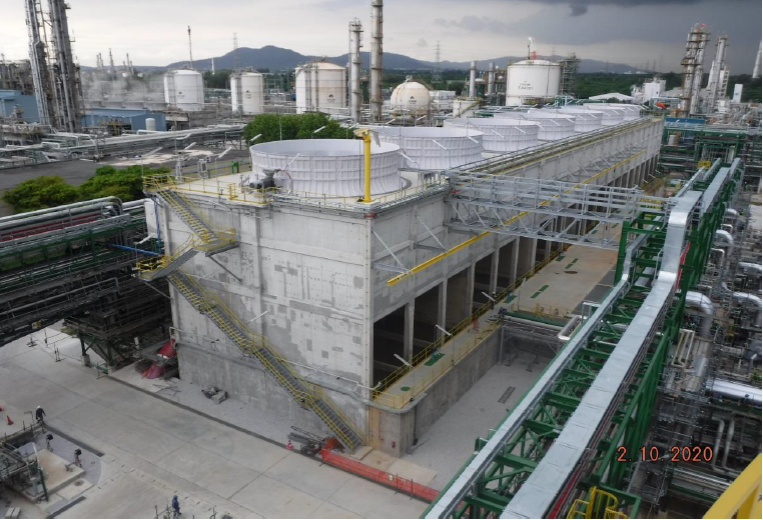
Introduction:
Elevating Cool Comfort – The Era of Energy-Efficient Cooling
As environmental awareness grows, so does the importance of energy-efficient cooling solutions. In this article, we’ll explore the key elements and technologies that contribute to energy-efficient cooling, providing cool comfort while minimizing environmental impact.
Optimal System Sizing and Design:
The foundation of energy-efficient cooling lies in optimal system sizing and design. Installing a system that is correctly sized for the space it serves ensures that it operates efficiently, avoiding the energy waste associated with oversized or undersized units. Proper design, including well-insulated ductwork and strategically placed vents, further enhances efficiency.
High SEER-rated Equipment:
SEER, or Seasonal Energy Efficiency Ratio, is a measure of an air conditioner’s efficiency. Energy-efficient cooling systems often have a higher SEER rating, indicating their ability to cool a space with minimal energy consumption. Investing in equipment with a high SEER rating can lead to substantial energy savings over the system’s lifespan.
Smart Thermostats for Precision Control:
Smart thermostats play a crucial role in energy-efficient cooling. These devices allow homeowners to program temperature settings based on daily routines and preferences. Some smart thermostats even learn from user behavior and adjust settings to maximize efficiency. Remote access through smartphone apps adds an extra layer of control, ensuring that cooling is optimized even when away from home.
Variable Speed Compressors:
Traditional air conditioning systems often operate at a fixed speed, leading to frequent on-off cycles and energy inefficiency. Energy-efficient cooling systems incorporate variable speed compressors, adjusting the cooling output based on the specific demands of the moment. This results in more consistent and energy-efficient operation.
Energy Recovery Ventilation (ERV) Systems:
Energy recovery ventilation systems are designed to exchange stale indoor air with fresh outdoor air while retaining energy from the exchanged air. In cooling mode, ERV systems recover coolness from the outgoing indoor air and transfer it to the incoming outdoor air, reducing the need for additional cooling. This innovation enhances both energy efficiency and indoor air quality.
Proper Maintenance and Regular Servicing:
Efficiency diminishes without proper maintenance. Regularly servicing and cleaning cooling systems ensure that they operate at peak efficiency. This includes tasks like cleaning or replacing filters, checking refrigerant levels, and inspecting components for wear and tear. Routine maintenance not only extends the lifespan of the equipment but also ensures energy-efficient performance.
Energy-Efficient Windows and Insulation:
The building envelope plays a significant role in energy-efficient cooling. Upgrading to energy-efficient windows and improving insulation can minimize heat transfer, reducing the workload on cooling systems. Proper insulation prevents cooled air from escaping and warm air from infiltrating, enhancing overall energy efficiency.
Link Insertion:
Discover how to achieve cool comfort with energy-efficient cooling solutions at Energy-Efficient Cooling. Explore innovative technologies and strategies to create a comfortable and sustainable indoor environment.
Conclusion:
In conclusion, energy-efficient cooling is not just a trend; it’s a necessity for a sustainable future. From optimal system sizing and high SEER-rated equipment to the integration of smart thermostats and energy recovery ventilation systems, these elements collectively contribute to cool comfort with minimal environmental impact. Embrace energy-efficient cooling solutions to create a comfortable and eco-friendly indoor environment.
